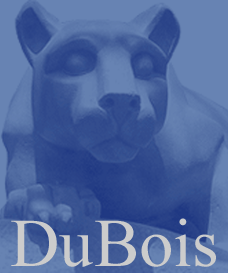
Abstract and Bio of Jim Tattersall
Back to Spring Meeting Page


Title: Three Mathematical Vignettes: Millennial, Promiscuous, and
Nyctaginaceous
Abstract:
In the first century A.D., the Introduction to Arithmetic, by Nicomachus
of
Gerasa and Mathematics Useful for Understanding Plato by Theon of Smyrna
were one the few sources of knowledge of formal Greek arithmetic in the
Middle Ages. The books are philosophical in nature, contain few original
results, and no formal proofs. They abound, however, in intriguing
observations in number theory. We discuss and extend some of the number
theoretic results found in these ancient volumes. Secondly, we discuss the
promiscuous scheme proposed by John Colson, Lucasian Professor of
Mathematics at Cambridge, for avoiding the use of the digits 6,7,8, and 9.
Finally, we mention, Louis Antoine de Bougainville, mathematician,
explorer, and student of D'Alembert who wrote a sequel to L'Hospital's
"Analyse des Infiniment Petits". Bougainville was present at the Battle of
Quebec and when Cornwallis surrendered at Yorktown. He also
circumnavigated
the globe. We discuss some of the contents of his text book and recount
several of his adventures.
Jim Tattersall received an undergraduate degree in mathematics from the
University of Virginia in 1963, a Master's degree from the University of
Massachusetts in 1965, and a Ph.D. degree in mathematics from the
University of Oklahoma in 1971.
On a number of occasions he has been a
visiting scholar at the Department of Pure Mathematics and Mathematical
Statistics at Cambridge University. In 1991, he spent six months as a
visiting mathematician at the American Mathematical Society. In 1995-1996,
he spent eighteen months as a visiting professor at the U.S. Military
Academy at West Point.
He was given the Award for Distinguished Service (1992) and the Award
and for Distinguished College Teaching (1997) from the Northeastern
Section of the MAA.
He has served as President of Canadian Society for the History and
Philosophy of Mathematics, Archivist/Historian of NES/MAA, and
Associate Secretary of the Mathematical Association of America.
His book on number theory was published by Cambridge University Press.